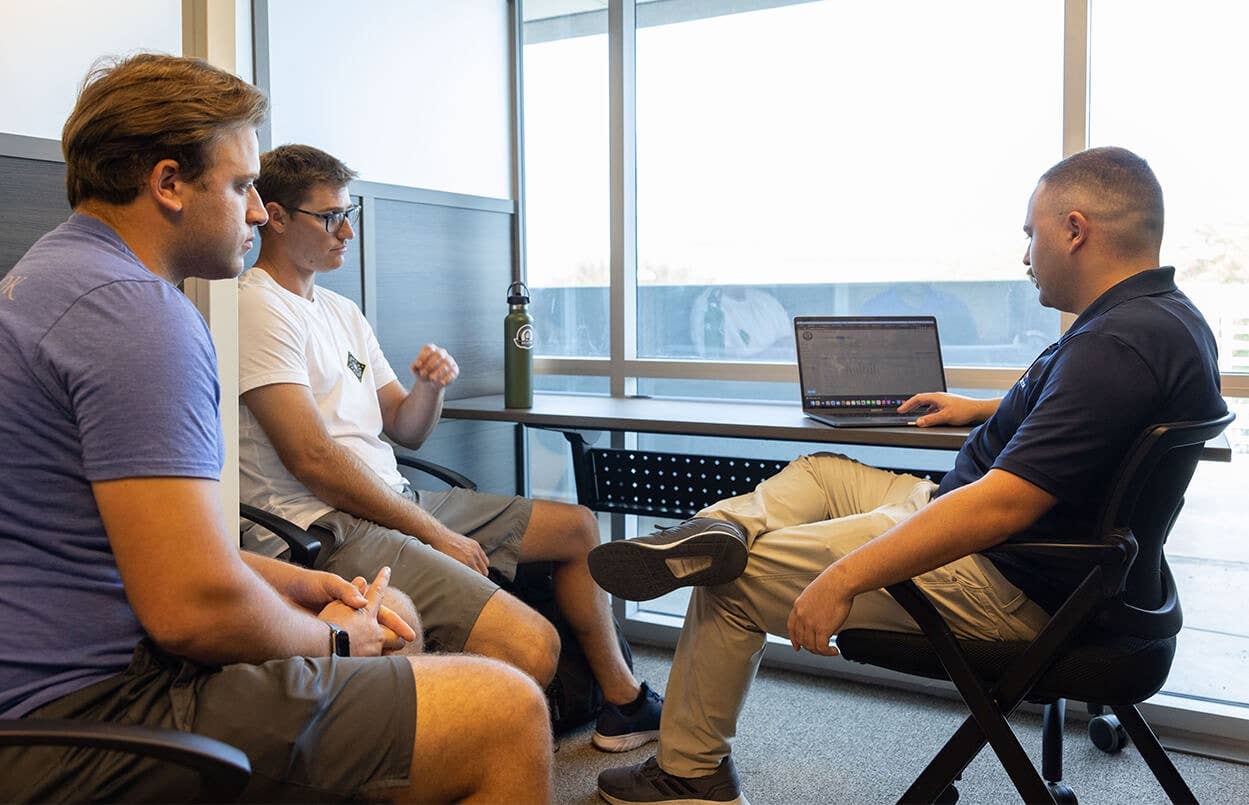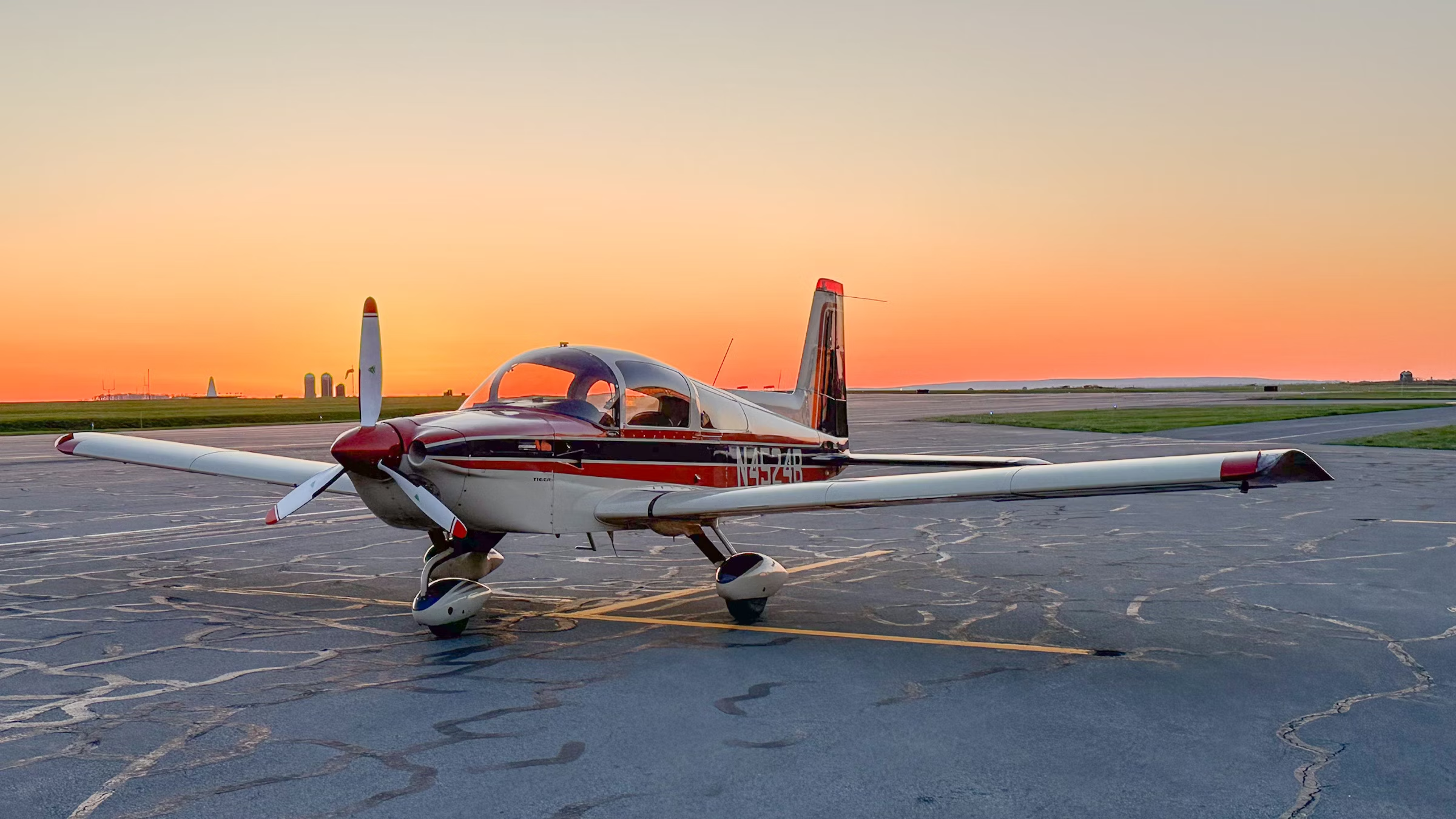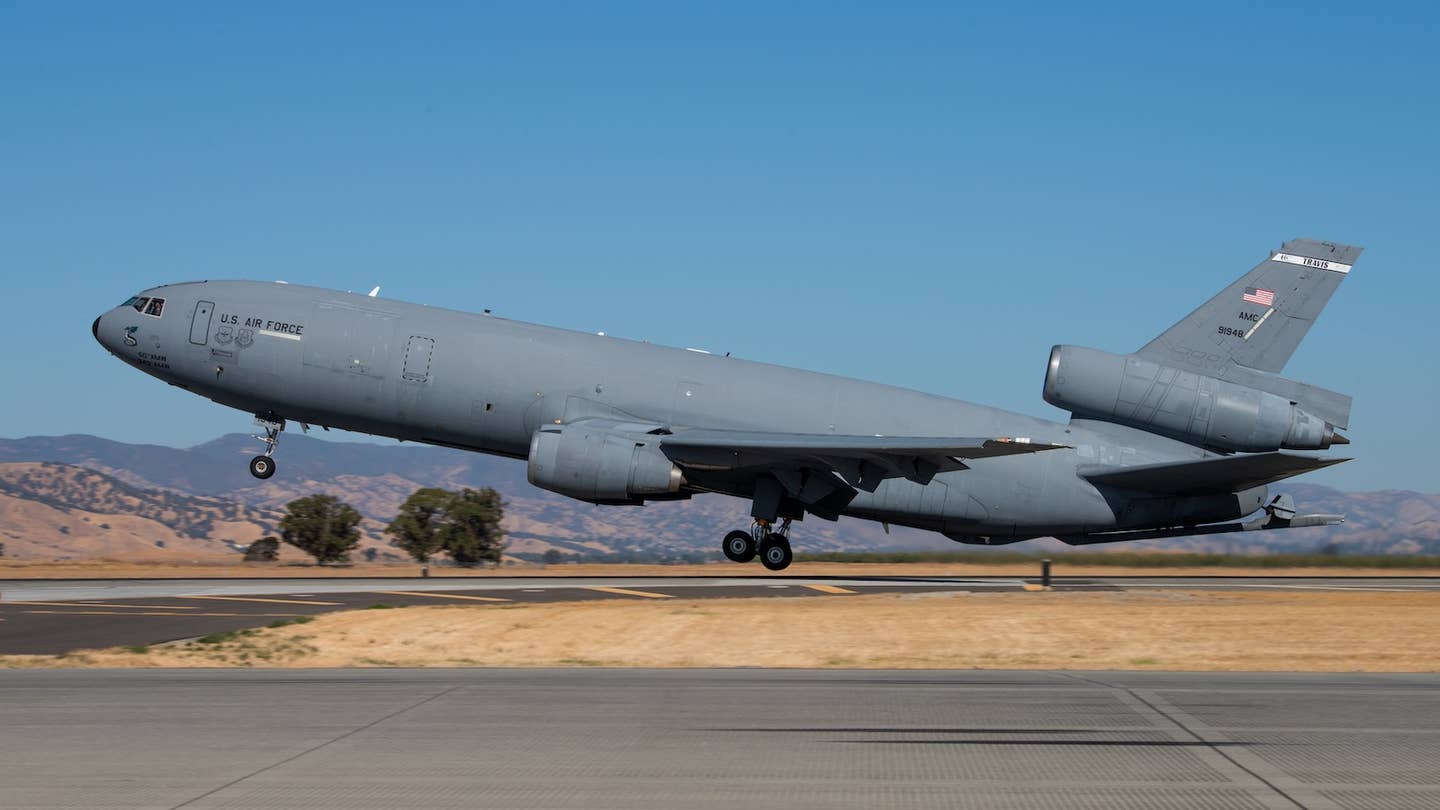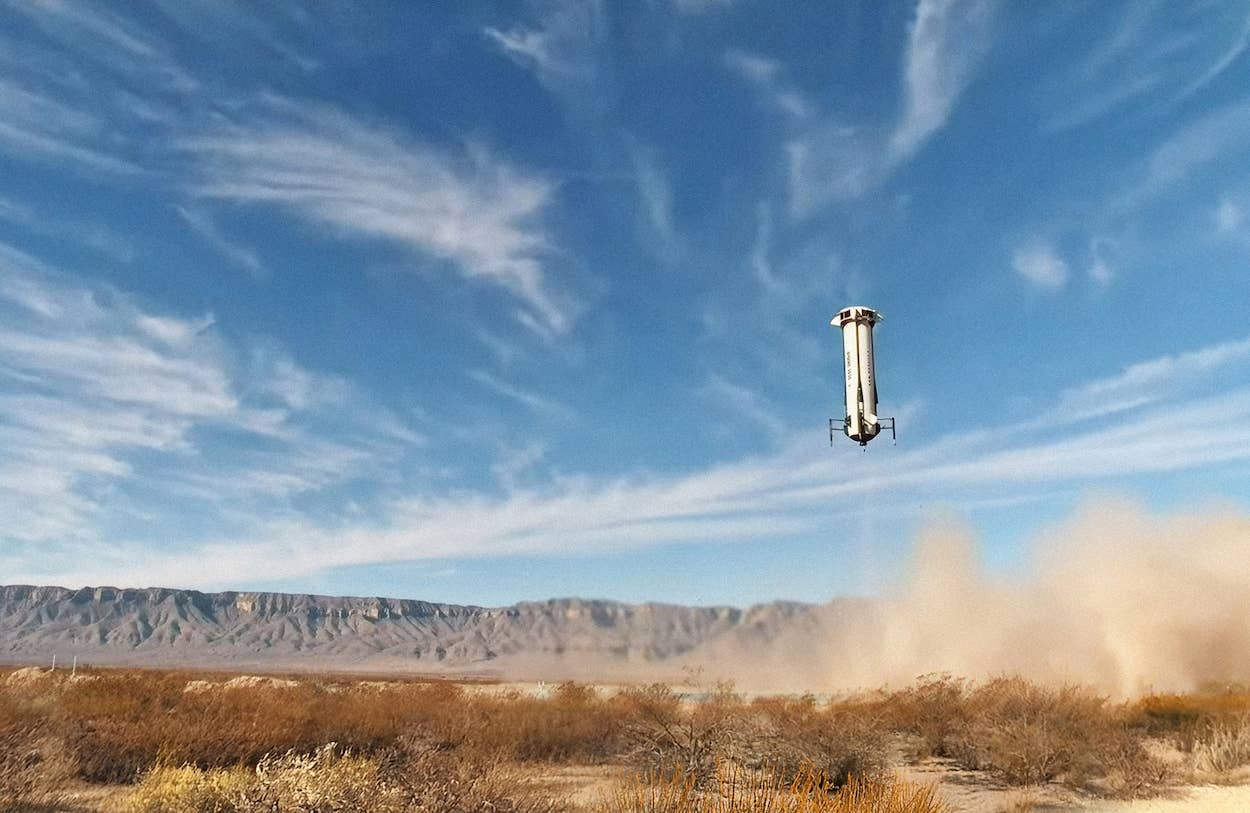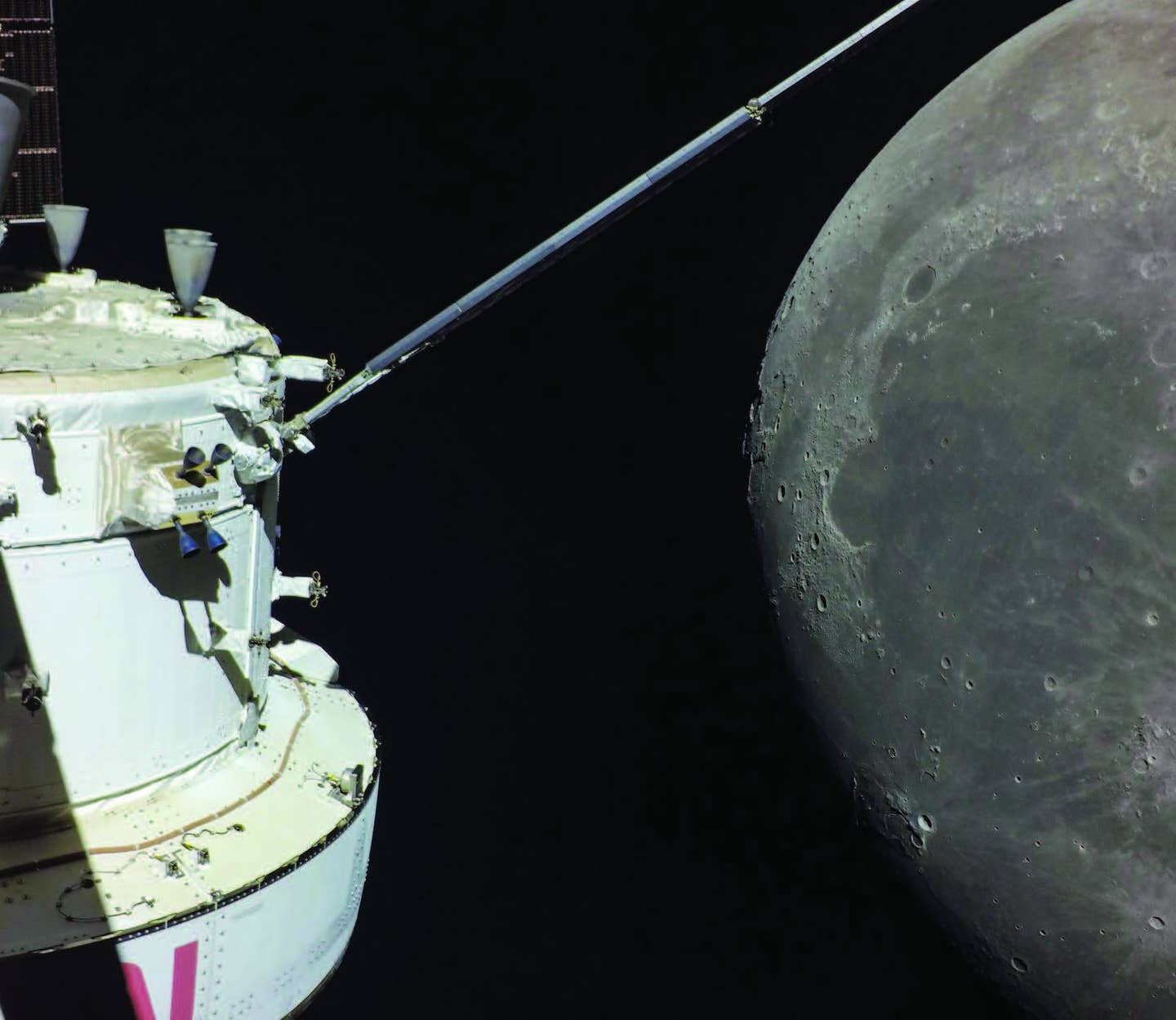Archer Raises $300M as Electric Air Taxi Firm Sets Sights on Defense
Fresh capital will help fund a hybrid vertical takeoff and landing (VTOL) model the company is developing.

The electric air taxi manufacturer established Archer Defense in December to target customers within the U.S. Department of Defense. [Courtesy: Archer Aviation]
Electric air taxi manufacturer Archer Aviation is setting its sights on the defense industry.
The company on Tuesday announced it secured an additional $300 million in equity capital that it will put toward the development of a “next-generation” aircraft for the U.S. Department of Defense (DOD) and other military customers. The raise, which includes funds and accounts managed by investment titan Blackrock, gives Archer about $1 billion to develop the defense-minded concept alongside its Midnight air taxi, which is designed to carry paying customers.
“I believe the opportunity for advanced vertical lift aircraft across defense appears to be substantially larger than I originally expected,” said Adam Goldstein, founder and CEO of Archer, in a news release. “As a result, we are raising additional capital to help us invest in critical capabilities like composites and batteries to help us capture this opportunity and more.”
Archer in December teamed up with autonomous systems developer Anduril to create Archer Defense, a new business unit developing a hybrid-powered, vertical takeoff and landing (VTOL) aircraft to pitch to the DOD. It also raised about $430 million in equity capital, a chunk of which it said will go toward the next-generation design.
The DOD had already shown interest in Archer’s Midnight: an electric VTOL (eVTOL) model designed for a pilot to fly as many as four passengers on short-hop, zero-emission trips within cities, such as New York and Chicago. The manufacturer in August delivered its first of up to six air taxis to the U.S. Air Force under contracts worth as much as $142 million.
Archer is working closely with the FAA and NASA to certify Midnight and prepare for early operations. But the military will get the first crack at it.
Archer on Tuesday said its hybrid VTOL concept is drawing “strong demand in the defense market and beyond.” The $300 million in fresh funding will mainly fund the development of batteries, composites, and other manufacturing needs, with the rest for “general corporate purposes.”
Like this story? We think you'll also like the Future of FLYING newsletter sent every Thursday afternoon. Sign up now.

Sign-up for newsletters & special offers!
Get the latest FLYING stories & special offers delivered directly to your inbox

